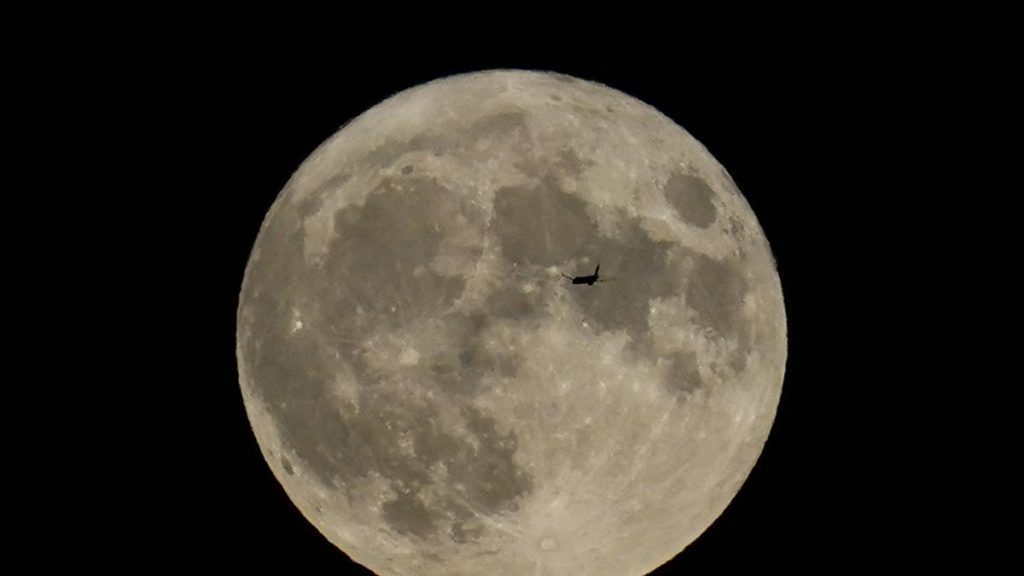New Delhi: Effects of COVID-19 lockdowns on Earth may have reached the Moon, as lunar temperatures were found to have abnormally dipped during April-May 2020, according to a study.
Maximum temperatures on the Earth’s natural satellite fell in this period, while nights were found to be cooler by nearly 8-10 degrees Celsius.
The Moon could therefore possibly serve as a “stable platform” to study climate change on Earth, K. Durga Prasad and G. Ambily, researchers from the Physical Research Laboratory, Ahmedabad, said in a study published in the journal, Monthly Notices of the Royal Astronomical Society: Letters.
Brought in to arrest the spread of the COVID-19 disease, lockdowns were first introduced in China and Italy in March 2020. The measures were quickly adopted by other countries and by the following month, about half the world’s population were reported to have been under some form of lockdown, including quarantine and stay-at-home orders.
Lockdowns have been shown to have starkly impacted human activities such as industrial pollution, transportation and fossil fuel burning.
The reduced human activity translated into lower greenhouse gas emissions and pollutant levels, and therefore, less heat being released from the Earth’s surface during night-time, the researchers said.
Part of this heat is known to reach the Earth-facing side of the Moon at its night-time and warm the lunar surface.
Therefore, to look for lockdown-induced effects, the researchers analysed night-time surface temperatures recorded at six sites on the Earth-facing side of the Moon from 2017-2023.
During April-May 2020, the heat reaching the Moon was found to have significantly reduced, and was, therefore, attributed to the COVID-19 lockdowns.
“A decrease in the maximum temperature is observed at all sites during the global lockdown period of April 2020 and May 2020. We observed a night-time temperature change of nearly 8-10 Kelvin,” the authors wrote.
Observations of the Moon, such as night-time temperatures, could possibly support ongoing efforts to study climate change, along with informing Earth’s radiation budget, they said.
PTI

